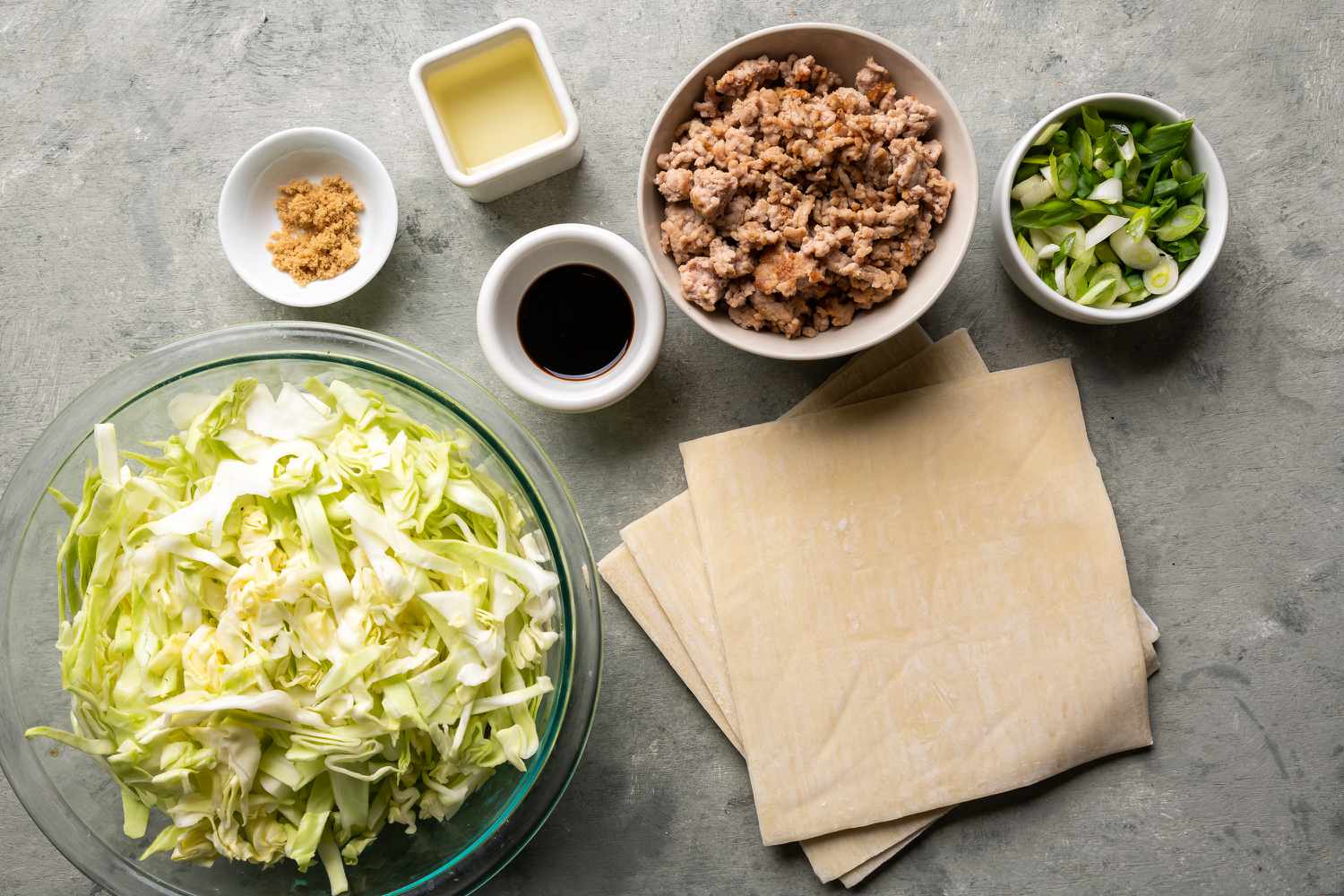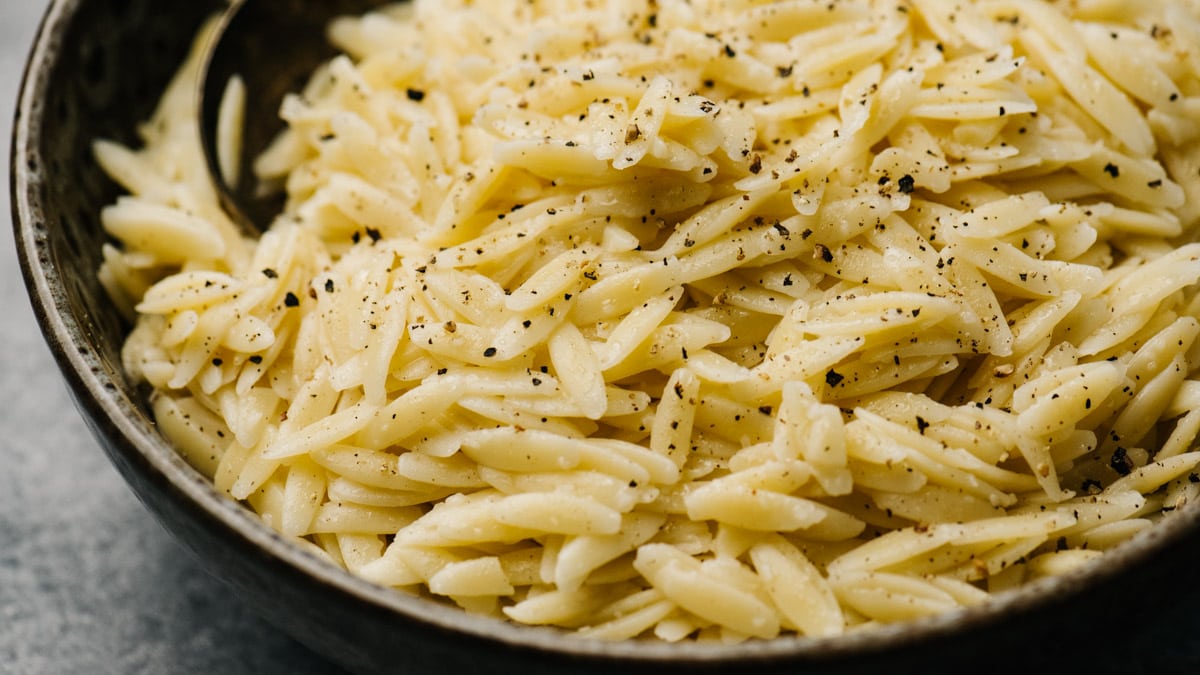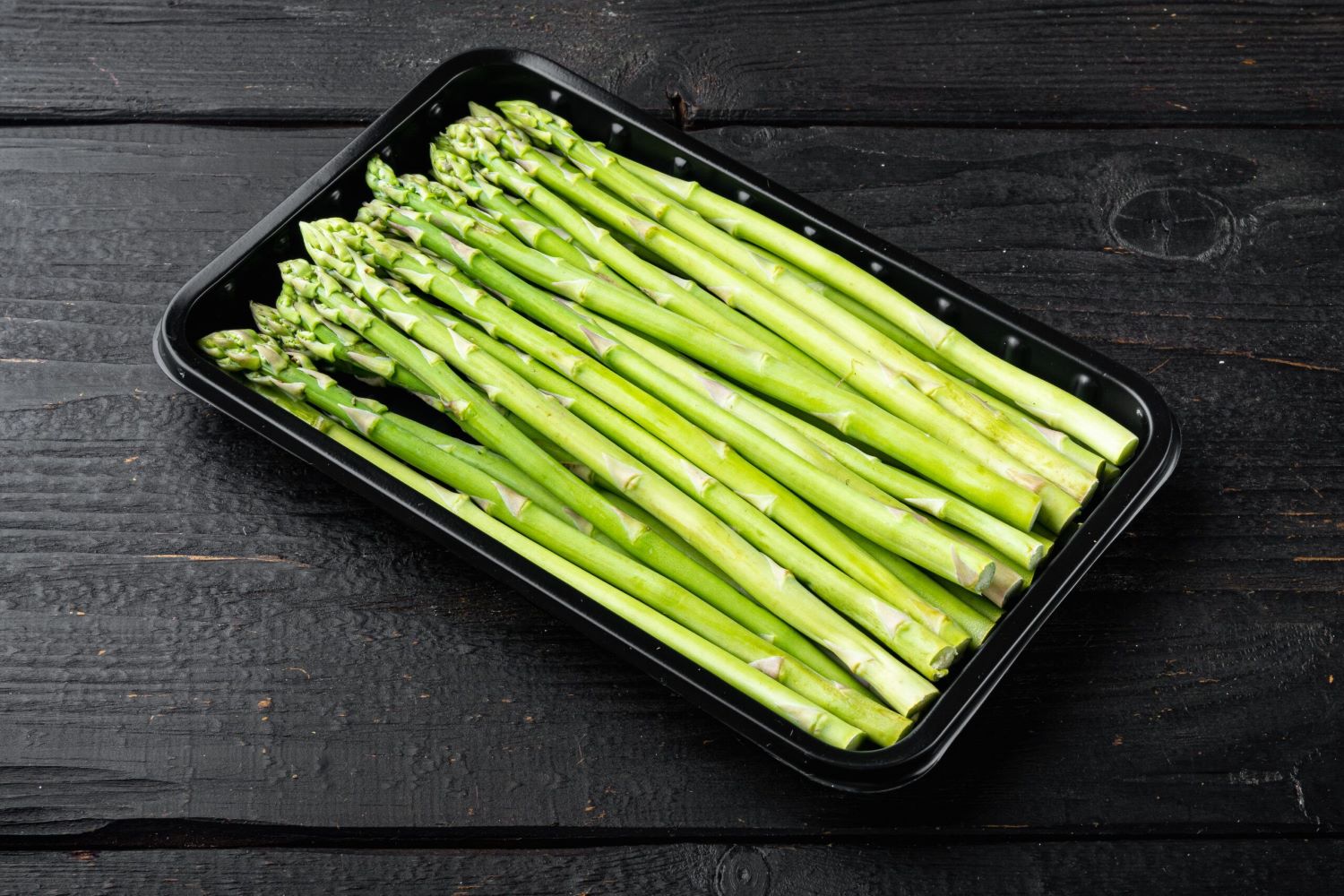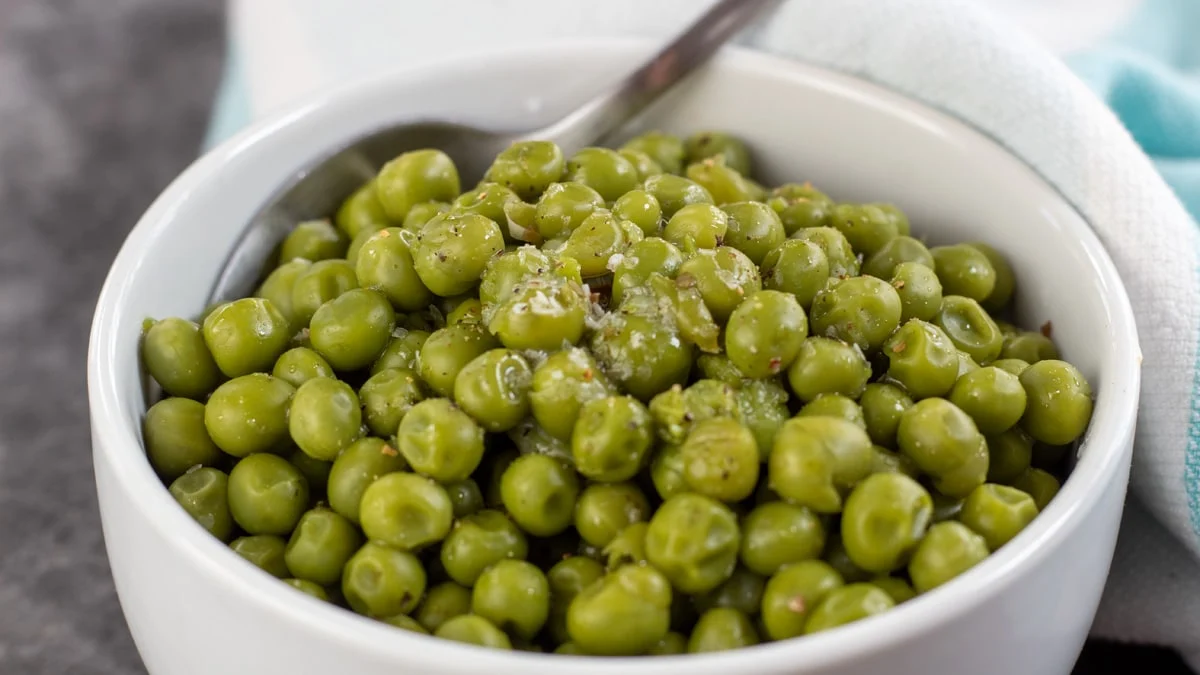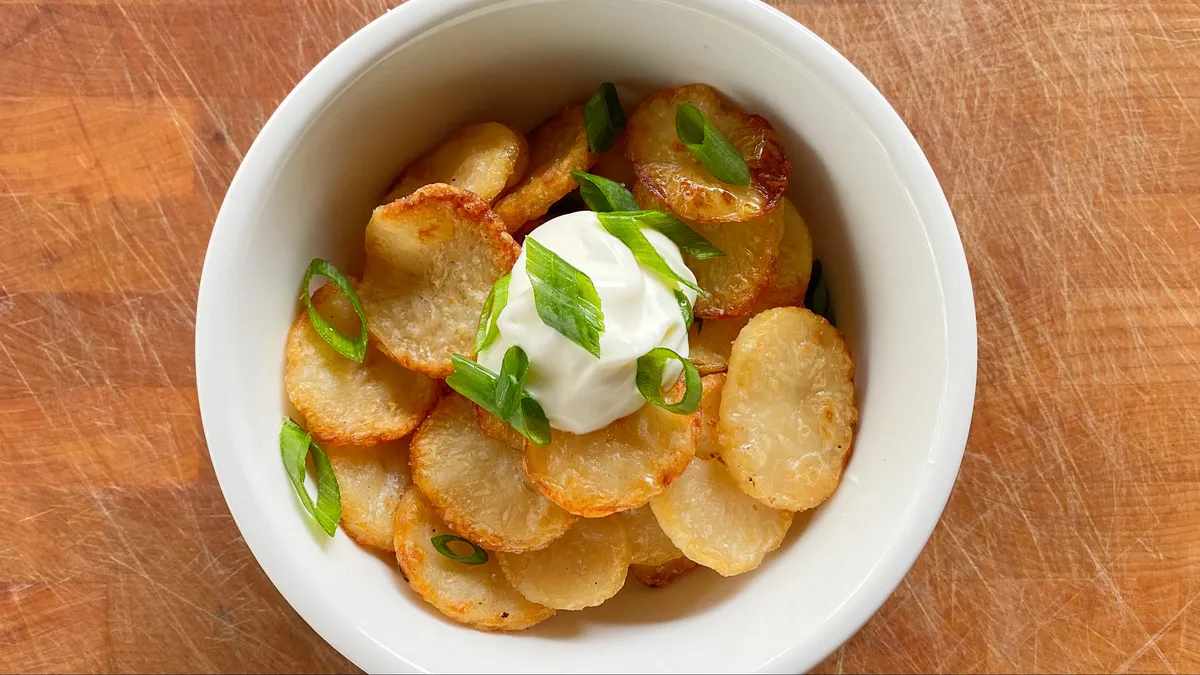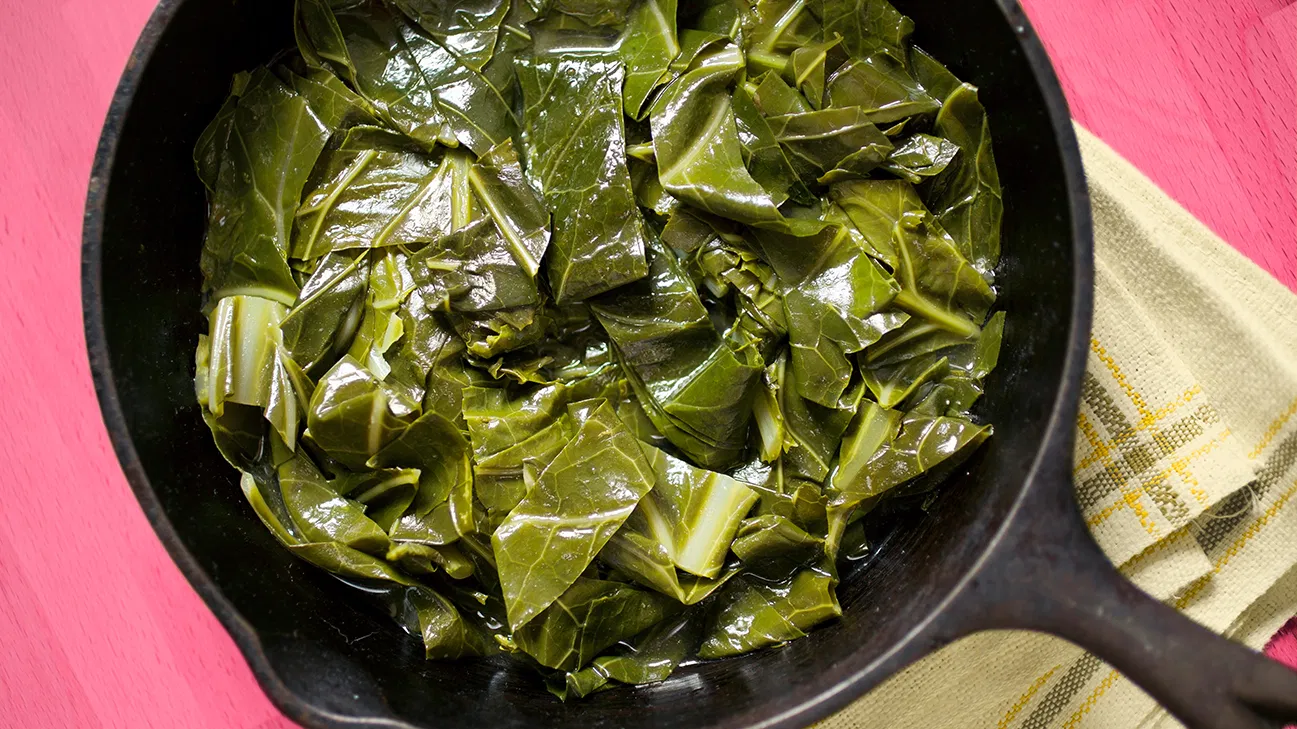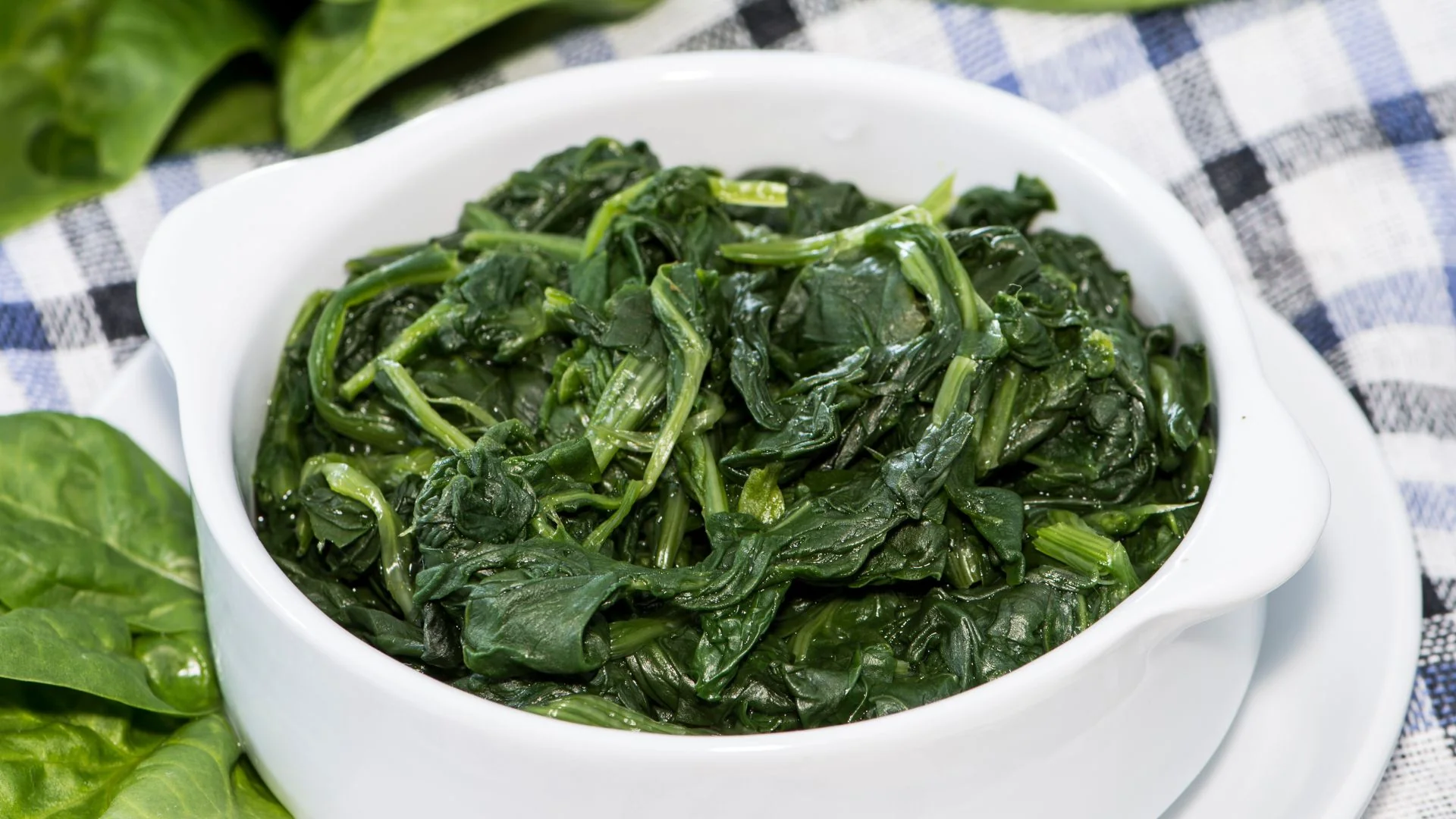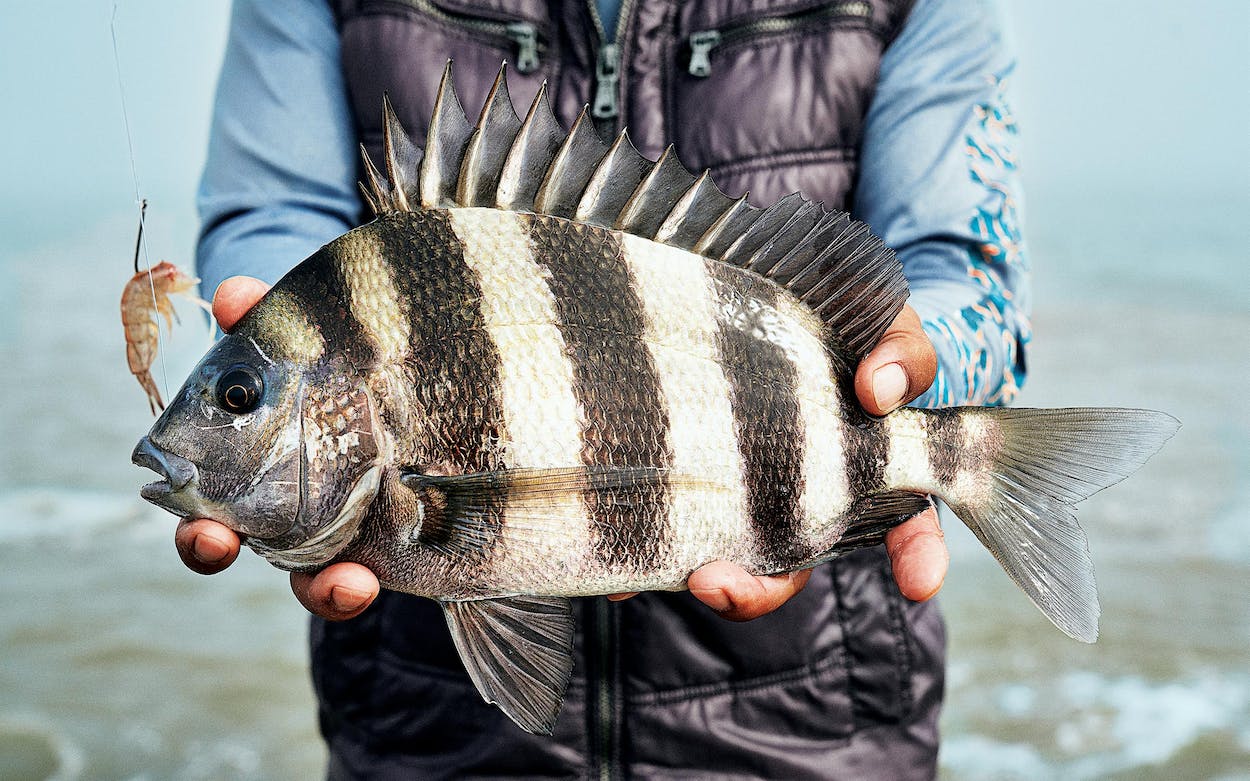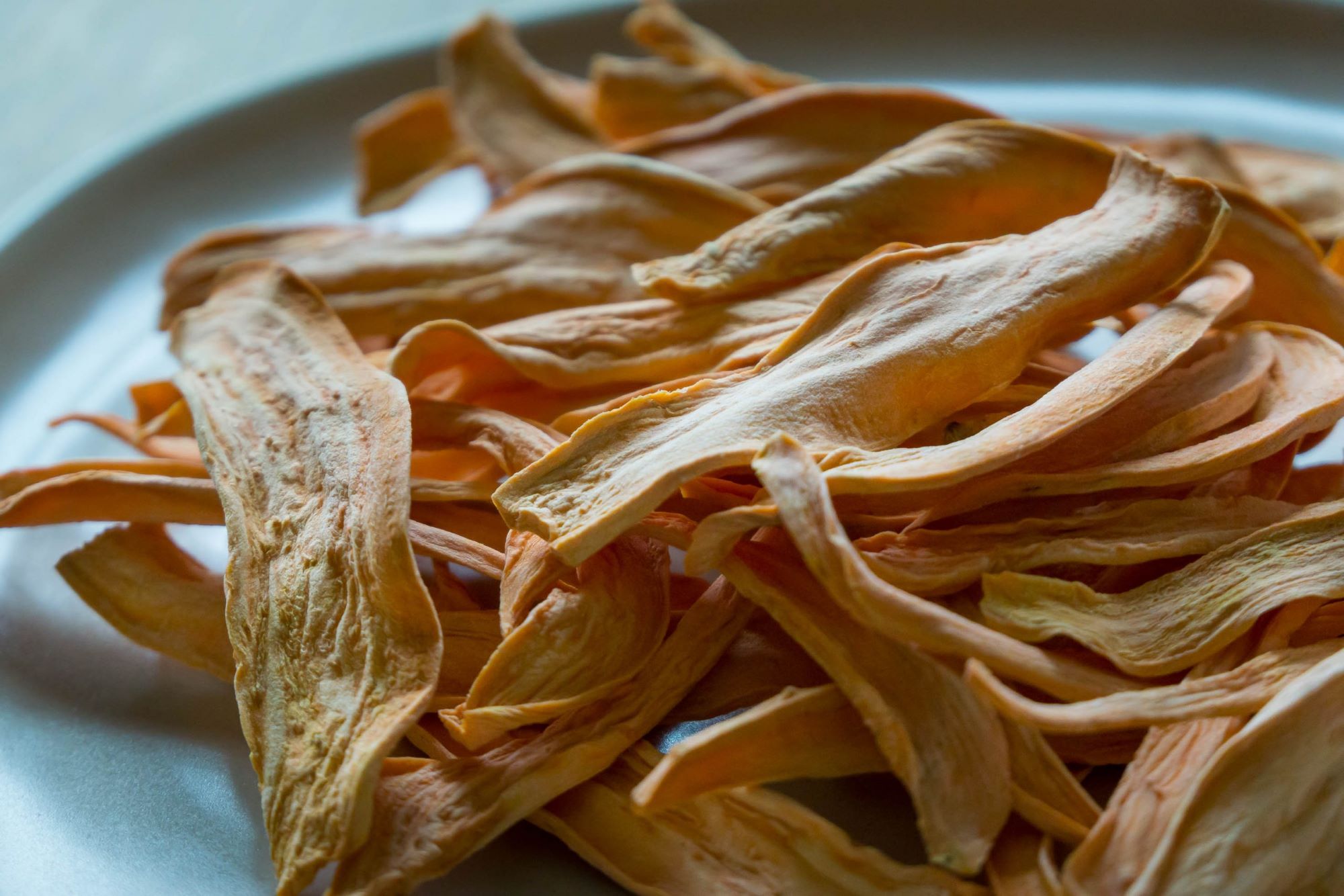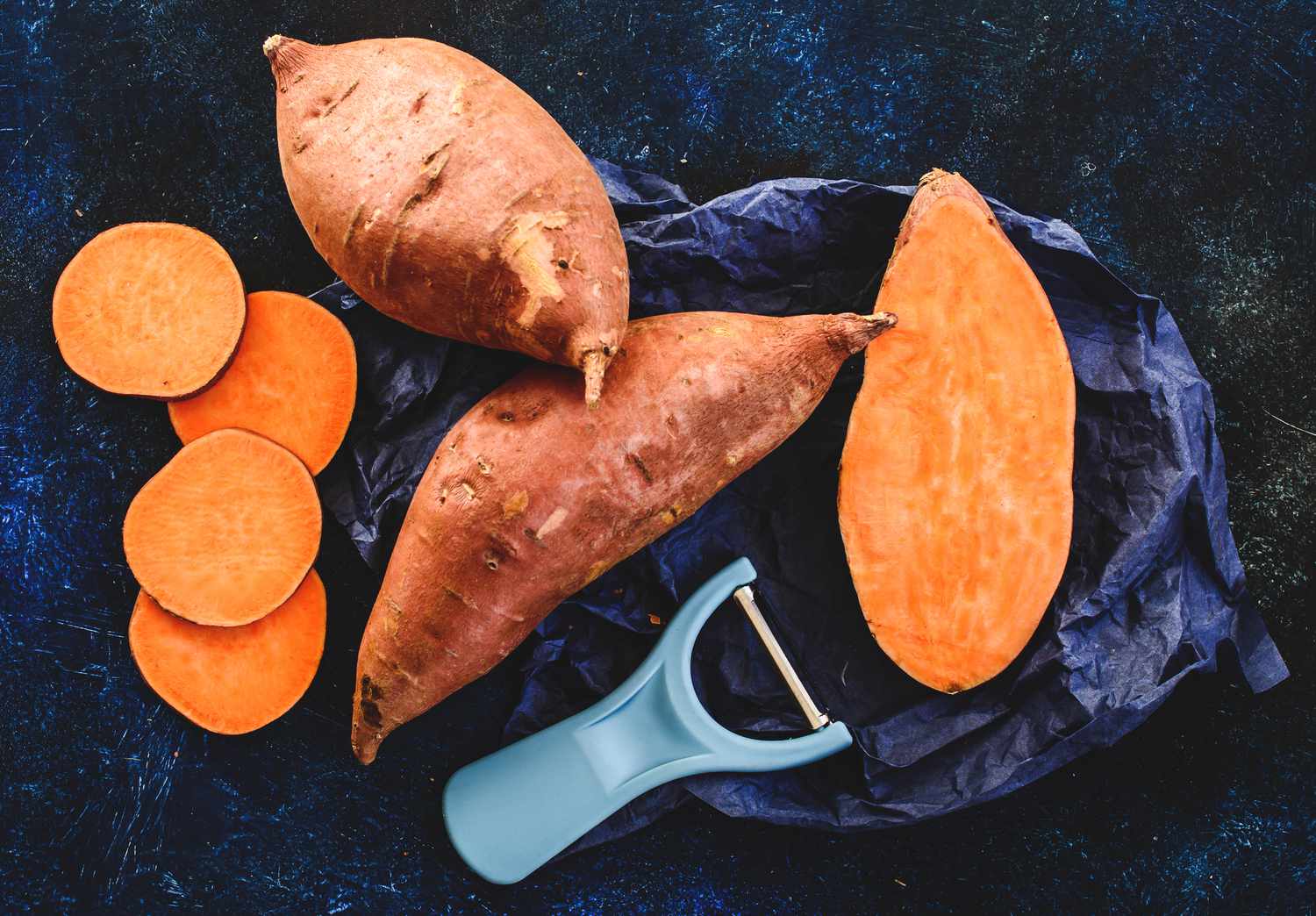How To Cook Field Peas: A Delicious Guide
Are you ready to embark on a flavorful journey with field peas? These little legumes are not only packed with protein and fiber but also possess a unique taste that can elevate any meal. Whether you are a seasoned chef or just starting your culinary adventures, this guide will equip you with everything you need to know about cooking field peas.
1. Selecting the Perfect Field Peas
When it comes to field peas, there are several varieties to choose from, such as black-eyed peas, crowder peas, and pink-eyed peas. You can find them fresh, dried, or even canned. If you prefer a more convenient option, go for the canned variety. However, using fresh or dried field peas will give your dishes an authentic and rustic touch.
2. Preparing Field Peas for Cooking
Before cooking, it’s essential to prepare your field peas properly. If using dried peas, rinse them thoroughly and remove any debris. Then, soak them overnight in water to rehydrate. This soaking process will help the peas cook faster and evenly. If you prefer using fresh peas, simply shell them and rinse well.
3. Cooking Methods for Field Peas
There are various ways to cook field peas, each method offering a unique taste and texture. Here are a few popular methods:
- Boiling: Place your soaked or fresh field peas in a pot of water or broth. Bring it to a boil and let them simmer until tender, usually around 45 minutes to an hour. Season with salt and pepper to enhance the flavors.
- Pressure cooking: If you’re short on time, a pressure cooker can be your best friend. Add the peas, water, and seasonings to the cooker and cook according to the manufacturer’s instructions. This method significantly reduces cooking time.
- Slow cooking: For a hands-off approach, try slow cooking your field peas. Combine the peas, liquid, and spices in a crockpot and cook on low heat for several hours. This method allows the flavors to meld together, resulting in a rich and hearty dish.
4. Adding Flavorful Ingredients and Seasonings
Bringing out the best in field peas often involves adding complementary ingredients. Consider these flavorful additions:
- Onions and Garlic: Sautéing onions and garlic before adding the peas will infuse them with aromatic flavors.
- Smoked Meat: Enhance the taste of your field peas by adding smoked meat like ham hocks, bacon, or smoked turkey legs. They impart a smoky and savory essence to the dish.
- Herbs and Spices: Experiment with herbs and spices such as thyme, bay leaves, red pepper flakes, or cayenne pepper to customize the taste profile according to your preference.
5. Serving and Enjoying Field Peas
Field peas can be enjoyed in a variety of ways. Here are a few serving suggestions:
- As a Side Dish: Pair field peas with your favorite main dishes, such as grilled chicken, roasted vegetables, or cornbread for a wholesome and satisfying meal.
- In Soups and Stews: Add field peas to soups and stews for an extra dose of protein and texture. They provide a hearty element to these comforting dishes.
- In Salads: Toss cooked and cooled field peas into a refreshing salad with fresh greens, tomatoes, cucumbers, and a tangy dressing. It adds a delightful protein-packed element to your salad.
Now that you’re armed with the knowledge of how to cook field peas, it’s time to unleash your creativity in the kitchen. Experiment with flavors, try different recipes, and enjoy the delightful taste and nutritional benefits of these versatile legumes. Happy cooking!
Field peas are versatile and can be turned into a variety of delicious dishes. For a hearty meal, readers can try Smoky Field Peas and Greens Soup, which combines the rich flavors of field peas and greens. Another great option is Field Peas with Bacon and Onions, offering a savory and comforting taste. For a unique twist, Field Pea and Barley Soup provides a wholesome, earthy flavor. Those who enjoy a fresh and zesty dish can go for Field Pea and Avocado Salad with Lime Vinaigrette, which is light and refreshing. Lastly, Field Pea and Sweet Potato Curry is perfect for a warming, spiced meal that's sure to satisfy.
Was this page helpful?
Read Next: How To Cook Black Lentils
